Tsukuyomi, the enigmatic moon god of Japanese mythology, is one of the three most revered deities in Shinto tradition. Alongside Amaterasu, the goddess of the sun, and Susanoo, the god of storms and the sea, Tsukuyomi completes the trio known as the “Mihashira no Uzunomiko” (Three Precious Children).
As the ruler of the night, Tsukuyomi plays a significant role in Japanese mythology. His story, though less prominent than Amaterasu’s or Susanoo’s, is filled with intrigue and dramatic episodes that have shaped his character in the eyes of believers. Let’s delve into the fascinating story of Tsukuyomi, his family ties, and his role in Japan’s rich mythological tapestry.
Who Is Tsukuyomi?

I don’t know a lot of the story of Tsukuyomi.

Me neither.
So I can’t wait to read about him.
The Role of Tsukuyomi in Japanese Mythology
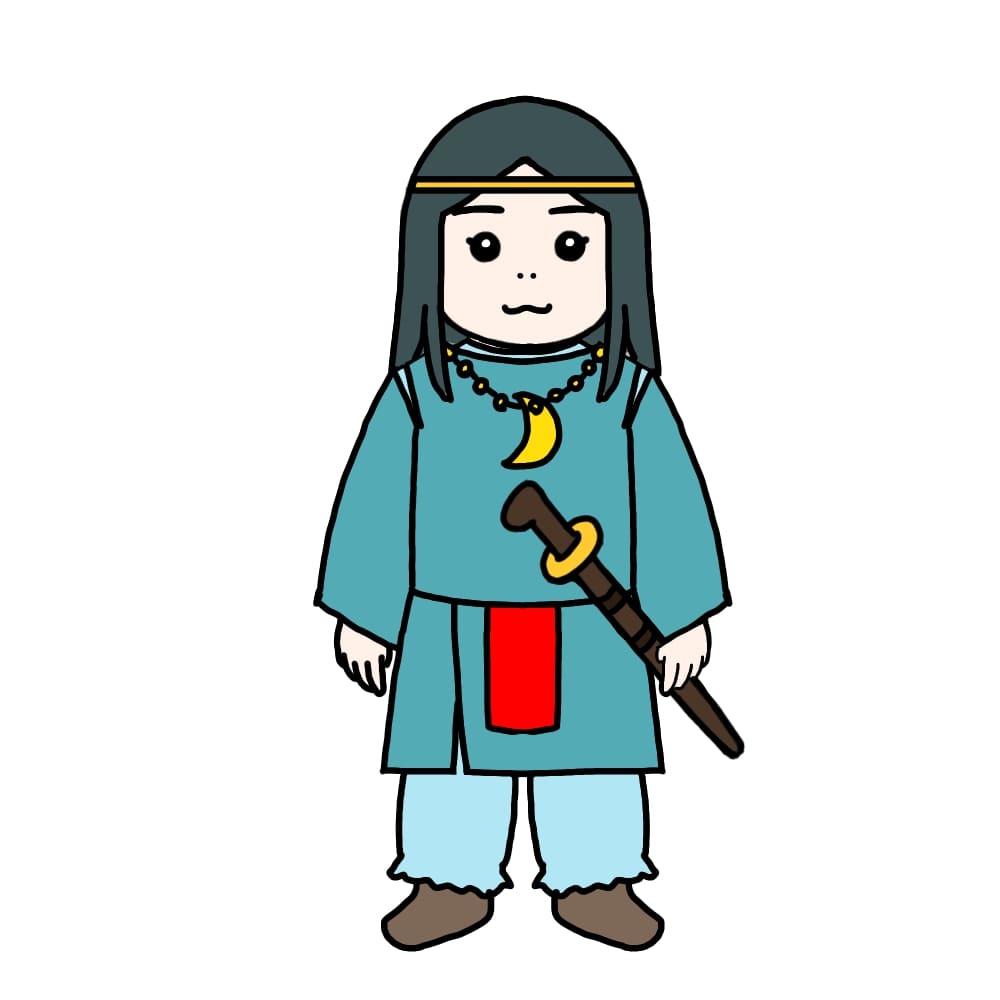
Tsukuyomi is the deity of the moon and the ruler of the night. His name, often written as “月読” (Tsukuyomi), translates to “moon reader,” reflecting his association with celestial phenomena and timekeeping.
Unlike his siblings, Amaterasu and Susanoo, who are more widely featured in Japanese myths, Tsukuyomi’s story primarily revolves around a key episode involving Ukemochi, the goddess of food. This incident not only defined his relationship with Amaterasu but also explains why the sun and the moon are never seen together in the sky.
Tsukuyomi’s Family Origins
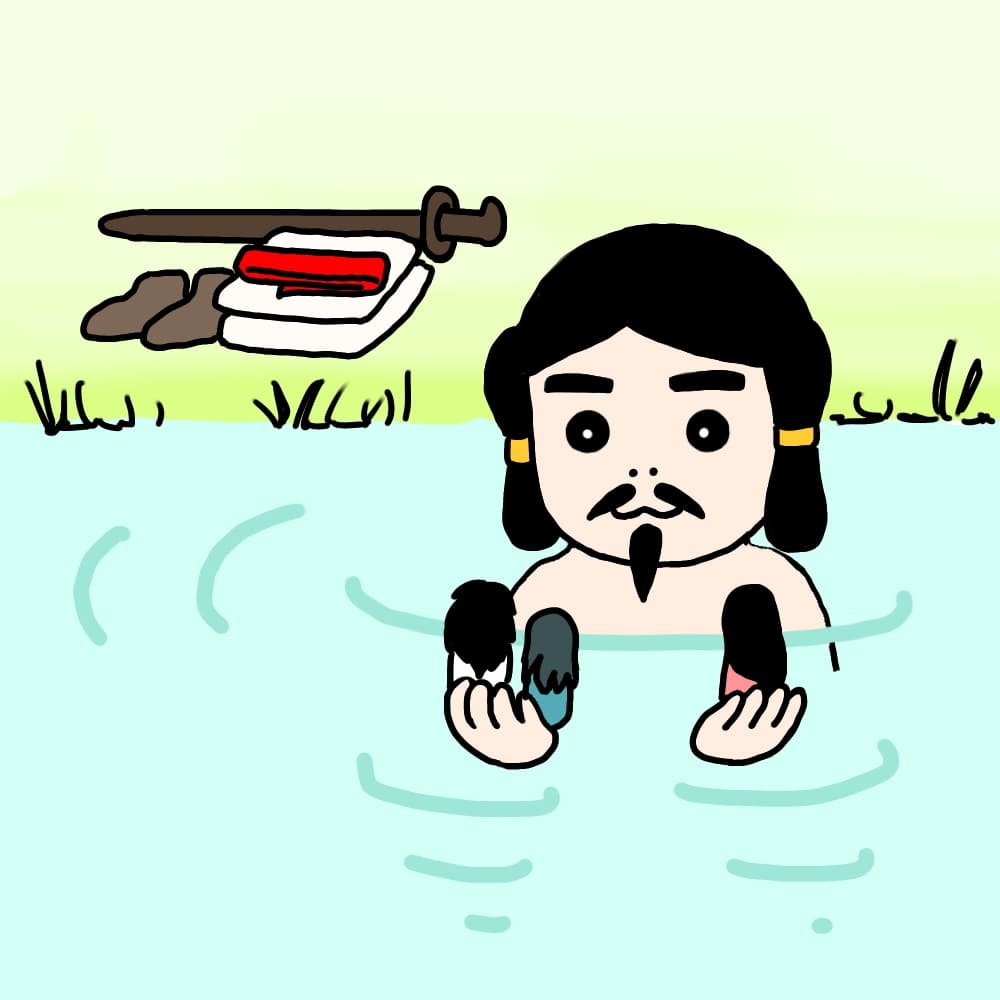
Tsukuyomi was born from Izanagi, the creator god, when he returned from Yomi (the underworld) and performed a purification ritual. As Izanagi washed his left eye, Amaterasu was born. Tsukuyomi emerged when he washed his right eye, and Susanoo was born from his nose.
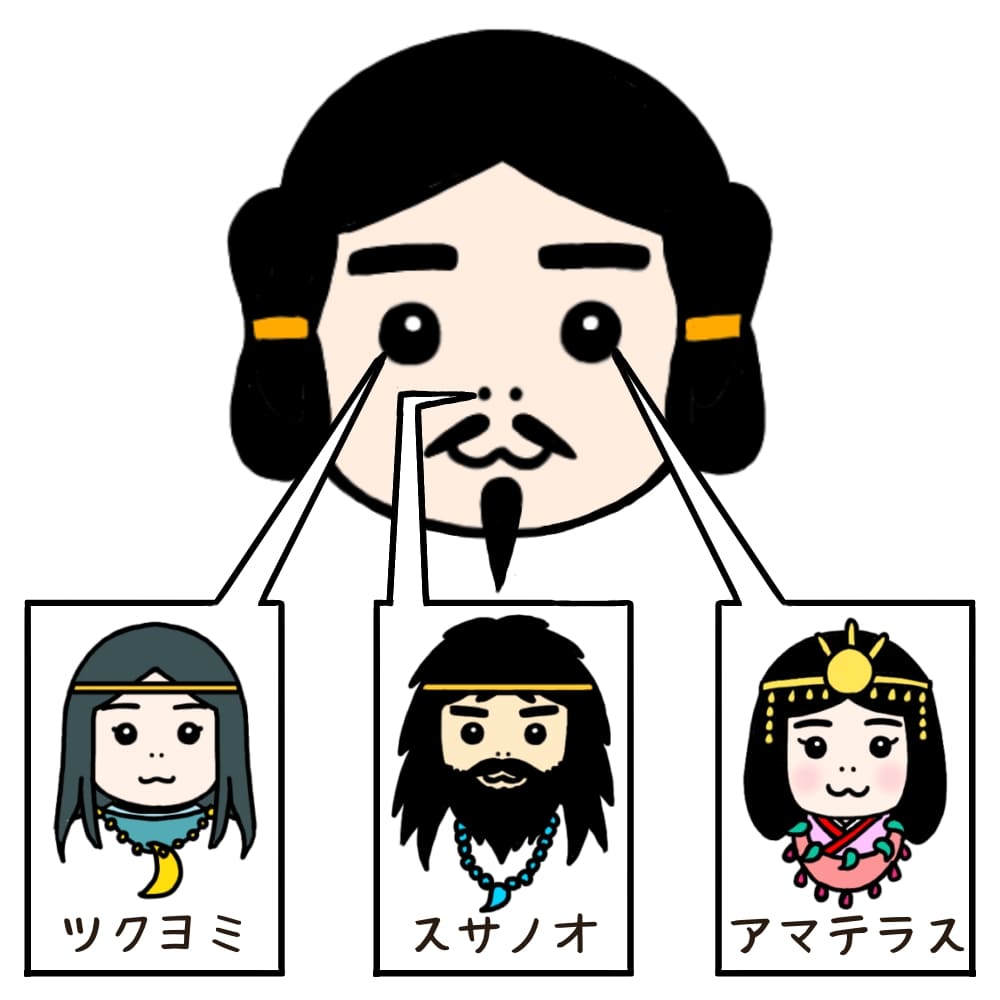
These three deities are collectively known as the “Three Precious Children” and are considered siblings in Japanese mythology.
If you are interested in Tsukuyomi’s brother and sister, read the articles below.
The Story of Tsukuyomi and Ukemochi
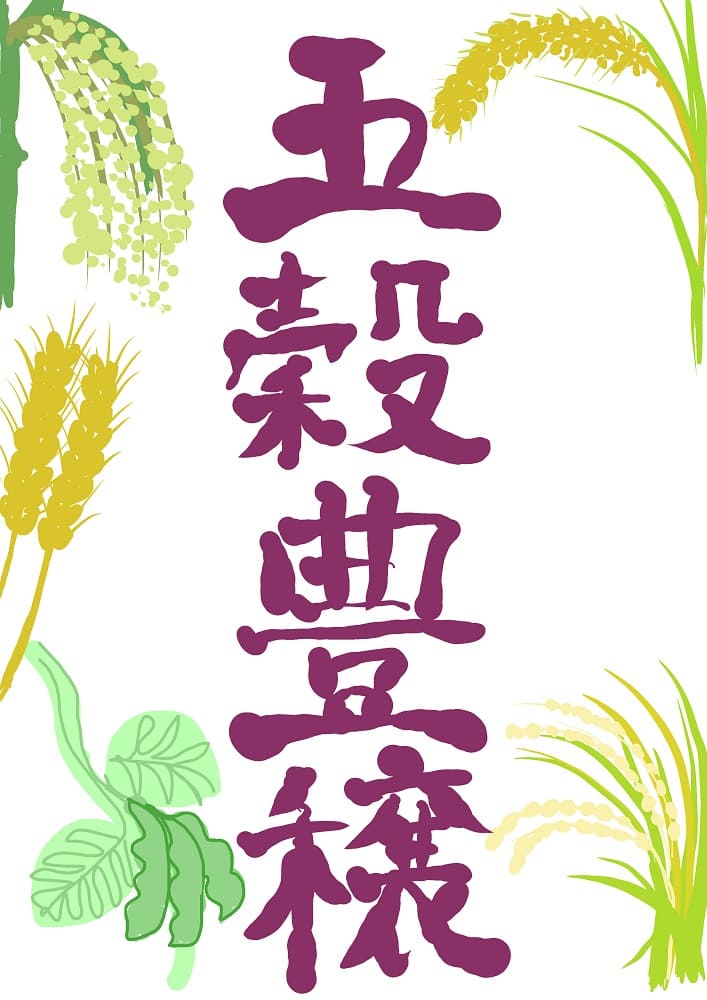
One of the most well-known myths about Tsukuyomi involves his encounter with Ukemochi, the goddess of food. At Amaterasu’s request, Tsukuyomi visited Ukemochi to express gratitude for her offerings. However, Ukemochi presented food that she produced from her mouth—rice, fish, and other provisions. Disgusted by this method, Tsukuyomi killed Ukemochi in a fit of rage.

How terrible!

Lol.
When Amaterasu learned of this, she was furious with Tsukuyomi. Declaring that she could never face him again, Amaterasu and Tsukuyomi have since appeared in the sky at different times, symbolizing the separation of the sun and moon.
Interestingly, Ukemochi’s body gave rise to essential resources such as rice, silk, and livestock, symbolizing the abundance of nature. This connection has led to Tsukuyomi being worshipped as a deity of agriculture in some traditions, despite his violent actions.
Shrines Dedicated to Tsukuyomi
There are many shrines across Japan that honor Tsukuyomi.

Here are two notable examples
Tsukiyomi Shrine (Kyoto and Nagasaki)
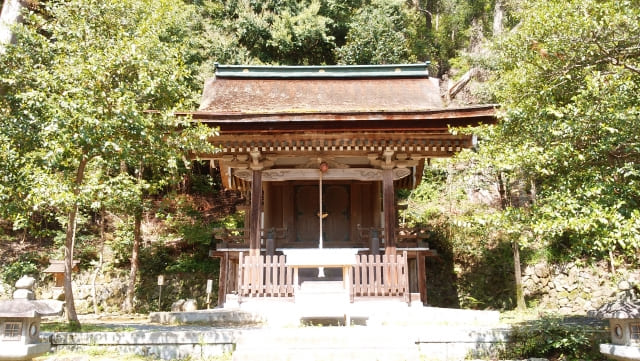
- Kyoto: This Tsukiyomi shrine, located in Nishikyo Ward, Kyoto, is an auxiliary shrine of the famous Matsuo Taisha. It is known for its tranquil atmosphere and strong spiritual energy.
- Nagasaki: The Tsukiyomi Shrine on Iki Island is steeped in history and appears in ancient texts like the Kojiki. It is considered a sacred power spot for worshippers.
Tsukiyomi Shrine (Kagoshima)
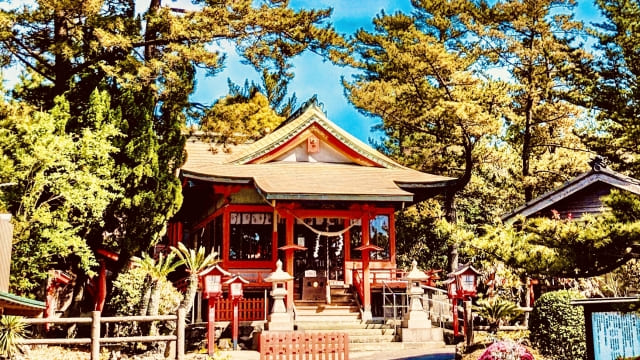
Located on Sakurajima, Kagoshima, this shrine honors Tsukuyomi as a protector of farmers and fishermen.
Visiting these shrines offers a chance to connect with Japan’s deep spiritual history and explore the legacy of Tsukuyomi.
Tsukuyomi in Nioh 2
Fans of Japanese mythology may also recognize Tsukuyomi from the video game Nioh 2. In the game, Tsukuyomi appears as a divine grace that enhances magic-oriented builds, reflecting the god’s association with wisdom and the celestial. This creative representation has introduced Tsukuyomi to a global audience, sparking renewed interest in his mythological background.
Conclusion
Tsukuyomi, the moon god of Japanese mythology, embodies the mysteries of the night and the moon’s cycles. From his familial ties with Amaterasu and Susanoo to the dramatic story of Ukemochi, Tsukuyomi’s narrative offers a unique glimpse into the beliefs of ancient Japan.
If you’re exploring his stories, visiting shrines dedicated to him, or in modern media like Nioh 2, Tsukuyomi remains a compelling figure in Japanese culture. Dive into his world and uncover the mysteries of this enigmatic lunar deity!

If you are interested in Japanese culture, you may love these games!
Let’s play!

Yes! Let’s play!

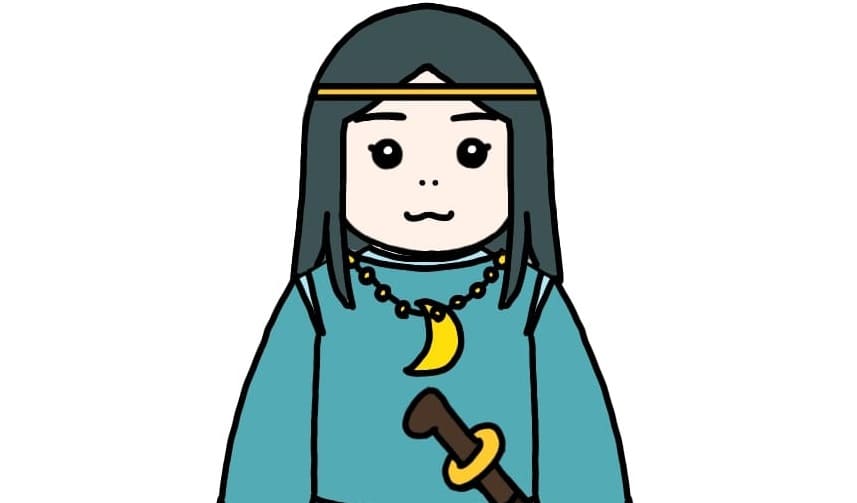




Comments